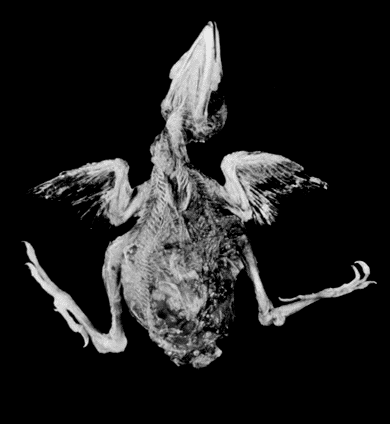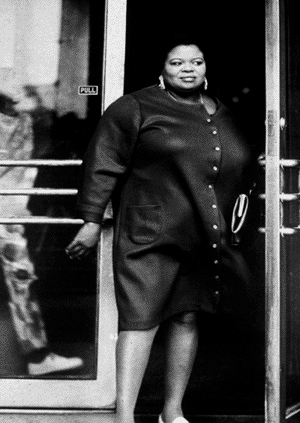
Still lifes: Natures mortes
Nature is complex with many choices to be made in traversing through its terrain which reveals remnants of the cycles of nature and life itself. Year after year I observe the inevitable effect of the passage of time on the natural world that always reminds me that all life is temporary. During my many visits to a particular place near the small towns of Coloma and Covert in Southwestern Michigan, I wander the woods and beaches as a witness to the persistent “little deaths” that occur therewhether or not I’m there to observe them. Trees shed their leaves, hornets abandon their nests, birds mistake a reflection in a window for the sky during their migratory travels and the lake delivers beautifully weathered sticks to the beach. I am compelled to claim and photograph these “gifts” from the environment in an effort to acknowledge the somber beauty and human metaphor in their ordinary deaths. They help me to come to terms with understanding the relationship between denial and acceptance of my own mortality.
I have always been attracted to found objects and in 1982 began to photograph
the weathered, mutilated, and often destroyed objects I had begun to collect
and hang all over my kitchen wall. A run over tin can or discarded child’s
hairbrush, flattened and distorted over time, once observed and absorbed
became strangely familiar and emblematic of the cycles of life in the
city. In their transformation these objects take on a formal beauty that
is haunted with transience. This body of work, titled Objet Trouvé,
embodies the suggestion of human evolution and human fatalities.
In my new work, Still Lifes: Natures Mortes, found natural objects,
caught in the process of decay and change, are isolated and photographed
minimally on a black background. This direct, confrontational approach
prioritizes and dignifies the subject while at the same time establishes
an unavoidable clarity. The extremely large scale of the objects in the
final images emphasizes a “hyper-reality”. This forces the viewer
to inspect the magnified details of the subject while engaging in the
intrinsic dialogue between description and transformation. The fixed gestures
of the dead animals have human references and reinforce my desire to come
to terms with the vulnerabilities of my life. These iconic images are
tangible, if somewhat fatalistic, emblems of an uneasy preoccupation with
the inevitability of death.
Barbara Crane
2003
Murals for Baxter / Travenol Labs

